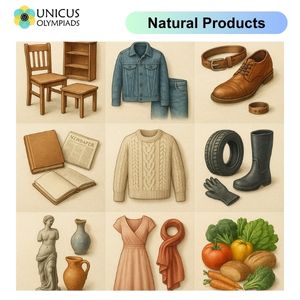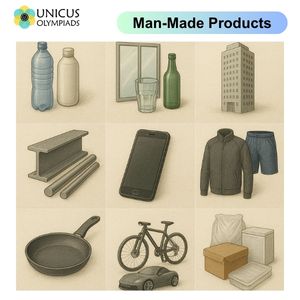

Both natural and man-made materials have been used to create various products that we use daily. The difference between natural and man-made products lies in the source of the material and the manufacturing process. Below are examples of products made from both types of materials.
Natural products are those made directly from raw materials found in nature. These products are often biodegradable, renewable, and can be more eco-friendly if sourced sustainably. Below are some examples of products made from natural materials.

Man-made products are created through industrial processes, using natural materials or synthetic substances. These products are often designed for specific functions, durability, and performance. Here are examples of common products made from man-made materials.
